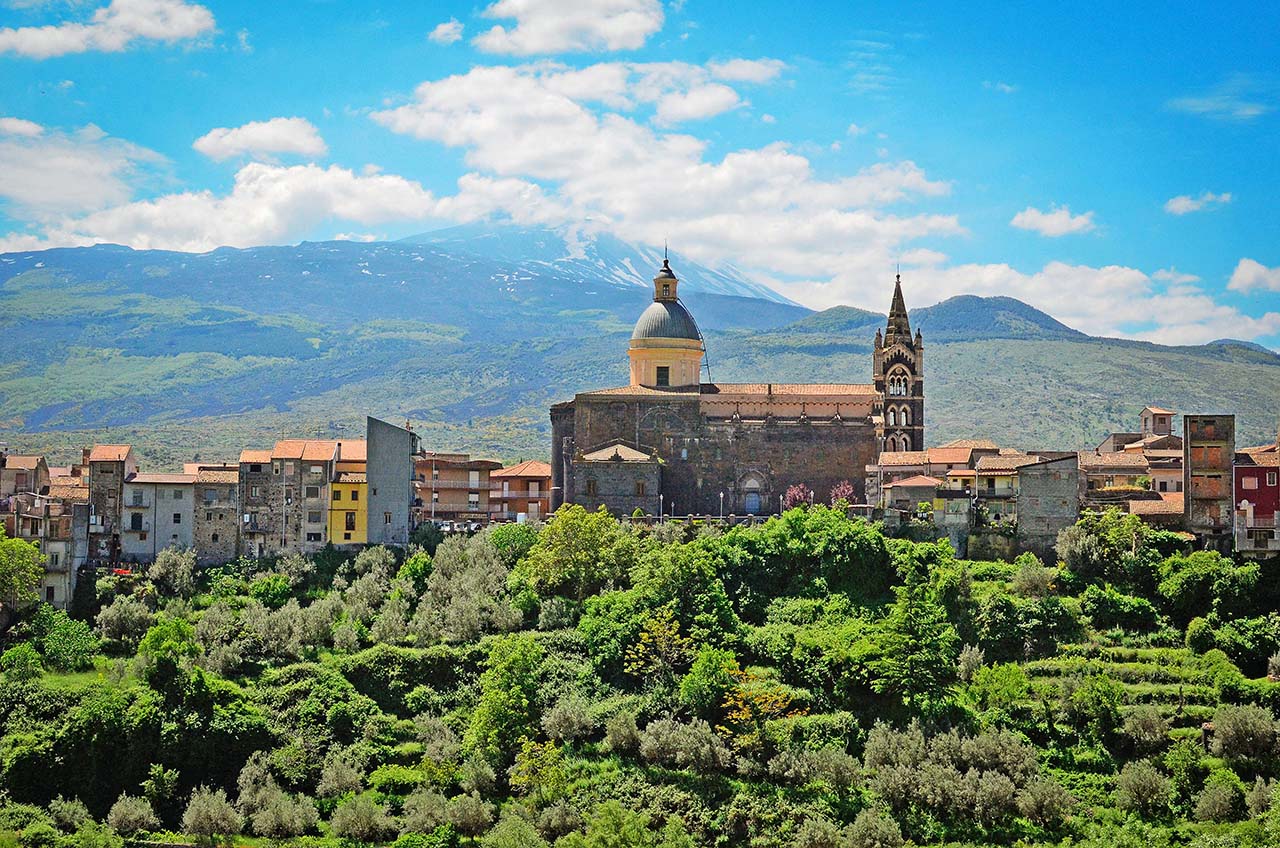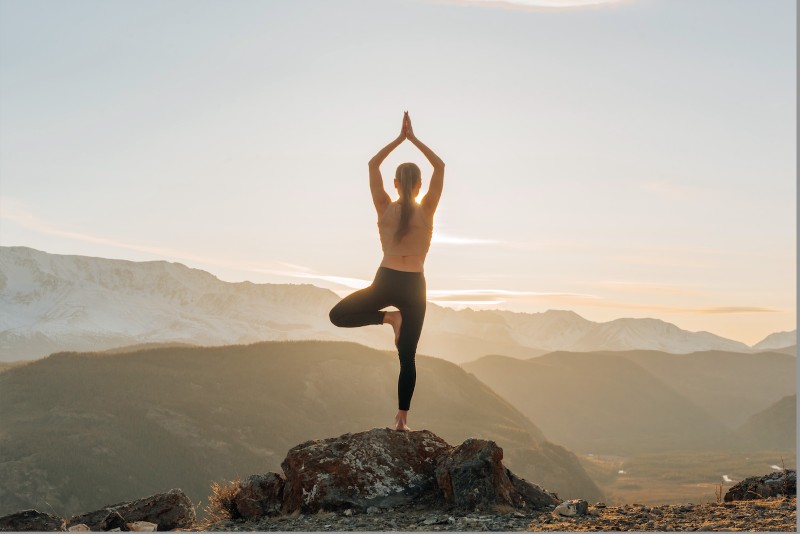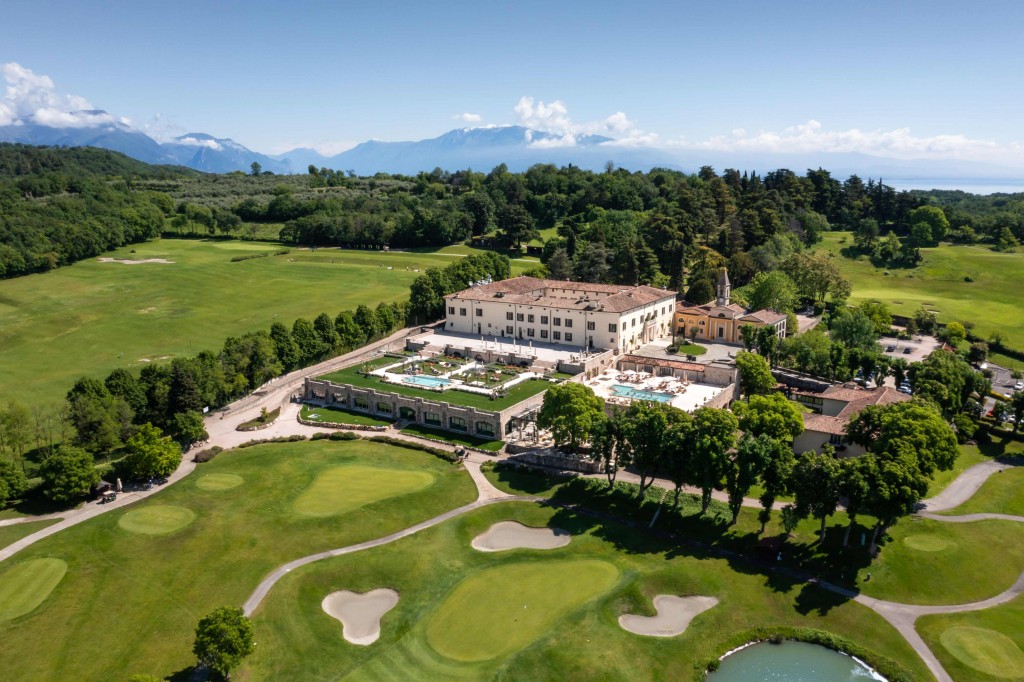“Everything great in nature, everything pleasant, everything terrible can be compared toEtna and Etna cannot be compared to anything,” he wrote Dominique Vivant Denon, writer and art historian, during his trip to Sicily in 1788. And he was not wrong.
Around the volcano, a UNESCO World Heritage Site since 2013, there are picturesque villages that seem suspended in time. The houses made of lava stone produced by eruptions over the millennia and the winding streets like veins blend harmoniously into the surrounding landscape.
Here, time seems to pass slowly, allowing travelers to immerse themselves in the authenticity of Sicilian life. Each stone tells a story of fire and passion, destruction and rebirth, giving the landscape a unique character.


The villages at the foot of Etna
Nicolosi
A story which, in this circular tour around the mountain, starts from Nicolosicalled the Etna Gate due to its position, a privileged access point to the “giant”.
The old one monastery of San Nicolò la Renawhich dates back to 1150 and from which the name of the city probably derives, houses the headquarters of the Etna Parkthe first to be established in Sicily (in 1987), a marvel with 59 thousand hectares of woods, paths and unique landscapes.
You go up to Sapienza Shelterat 1,900 meters, where you can take the cable car to reach the top of the mountain, at 2,500 meters above sea level.
The view here is spectacular and on clearer days you can see all the way to the island of Malta. Back in town, the historic centre is worth a visit with the Mother Church of the Holy Spiritwith a beautiful lava stone bell tower, designed by Giovanni Battista Vaccarini after the catastrophic events – eruption and earthquake – of 1669 and 1693.
Those wishing to discover the authentic flavors of the region can stop by the company Seraphic Land of oil and winealong the municipal road of Mompilieri, to try four different tastings of wines and oils from Etna accompanied by cunzatu bread – seasoned with tomatoes, primo sale, oil, oregano and anchovies – or a platter of cold cuts.
READ ALSO: Excursions on Etna: trekking and itineraries to discover the largest active volcano in Europe


Zafferana Etnea
The tour now heads to Zafferana Etnea And Milopassing by Pedara visit, in Piazza Don Diego, a splendid example of a black church of Etna: the Basilica of Santa Caterina Alessandrina (1563).
Then, continuing towards the north-east and after crossing Trecastagni and Viagrande, you arrive at Zafferana Etnea. Beautiful view from Belvedere Squarewhich extends from Calabria to the Gulf of Syracuse.
After the visit to church of Santa Maria della Providencea, which stands out in white at the end of a black lava stone staircase, and at Beekeeper's House MuseumTo discover the quality of the famous local honey, a stop at the historic pastry shop is a must Donna Peppina to taste the Siciliana, a kind of fried calzone with Tuma cheese and anchovies, and the ski biscuits, crumbly with milk and coated with delicious dark chocolate.
Milo
Not far from there, crossing a road surrounded by greenery between oaks, holm oaks and chestnut trees, you come across MiloThe small village, City of wine and music, was dear to Franco Battiato and Lucio Dalla, who loved to take refuge in its woods. A bronze sculptural group in Piazza Belvedere is dedicated to them.
Randazzo
The next day we leave for Randazzoalso known as City of a hundred churchesmany of which still exist. To get there, take the A18 and exit at Fiumefreddo.
On the way, they are worth the detour Piedmont Etnato cross the suggestive San Fratello Gateformed by a pair of lava stone obelisks, and Linguaglossaaccess point to the north side of the volcano.
Here, among ancient churches and majestic noble palaces, a series of ca 50 murals created in the 90s to tell the story and spirit of Mongibello, as the Arabs called Etna.
In less than half an hour you arrive at Randazzo go discover churches of Santa Maria AssuntaGothic jewel of the Latin Quarter, and Saint Martinin the Lombardo district, famous for its magnificent bell tower, considered among the most beautiful in Sicily.
Then you reach the other one Church of San Nicolòin the Greco district, with its austere Baroque façade. And just opposite, on the square of the same name, here is the statue representing the union of the three districts, personified by Giant Pyrachmonwhich the inhabitants of Randazzo have renamed more friendly Rannazzu Vecchiu. The walk along the lava and basalt paving stones of the Via degli Archi is also very suggestive.
SEE ALSO: Beautiful Places to Visit in Sicily: 25 Ideas, Including Beaches, Villages, Cities


Condemn
The third day of the visit is dedicated to Bronte. But first, continuing the tour of the world of Etna in an anti-clockwise direction, we pass by Condemnthe strawberry village, to which a summer festival is also dedicated.
From here, hiking trails start towards the extinct craters of the volcano, from Mount Scavo to Mount Pomarazzo. In the centre, you can see the mother church, also decorated with a lava stone staircase.


Bronte
There is only one step between strawberries and pistachios. It takes only a quarter of an hour to reach Bronte, home of Sicily's green gold, a historical jewel where sobriety stands out Mother Church from the 16th century dedicated to the Holy Trinity, which they call here The Matrix.
Not far away here is the Real Capizzi College, founded by the priest Ignazio Capizzi in the 18th century to promote the education and training of young people: here, upon reservation, you can visit the ancient collection of the rich library.
Last but not least, the Nelson Castle. Architectural ensemble born as an abbey in the 12th century, after being secularized, it was offered in 1799 by Ferdinand of Bourbon to Admiral Horatio Nelson: a gesture of gratitude after the English intervention which had contributed to extinguishing the brief experience of the Neapolitan Republic, restoring the Kingdom.
Today it is a multimedia museum with five immersive rooms that allow a fascinating journey through history.
READ ALSO: Holidays in Sicily: where to go and what to do



